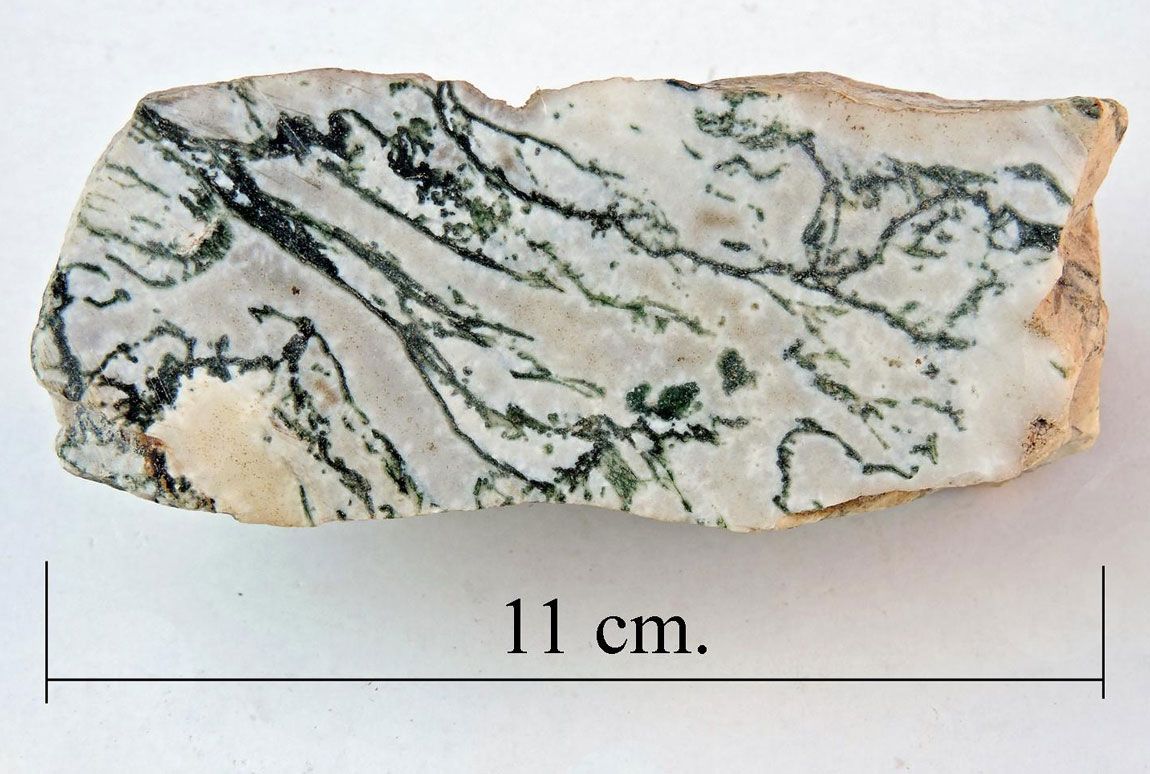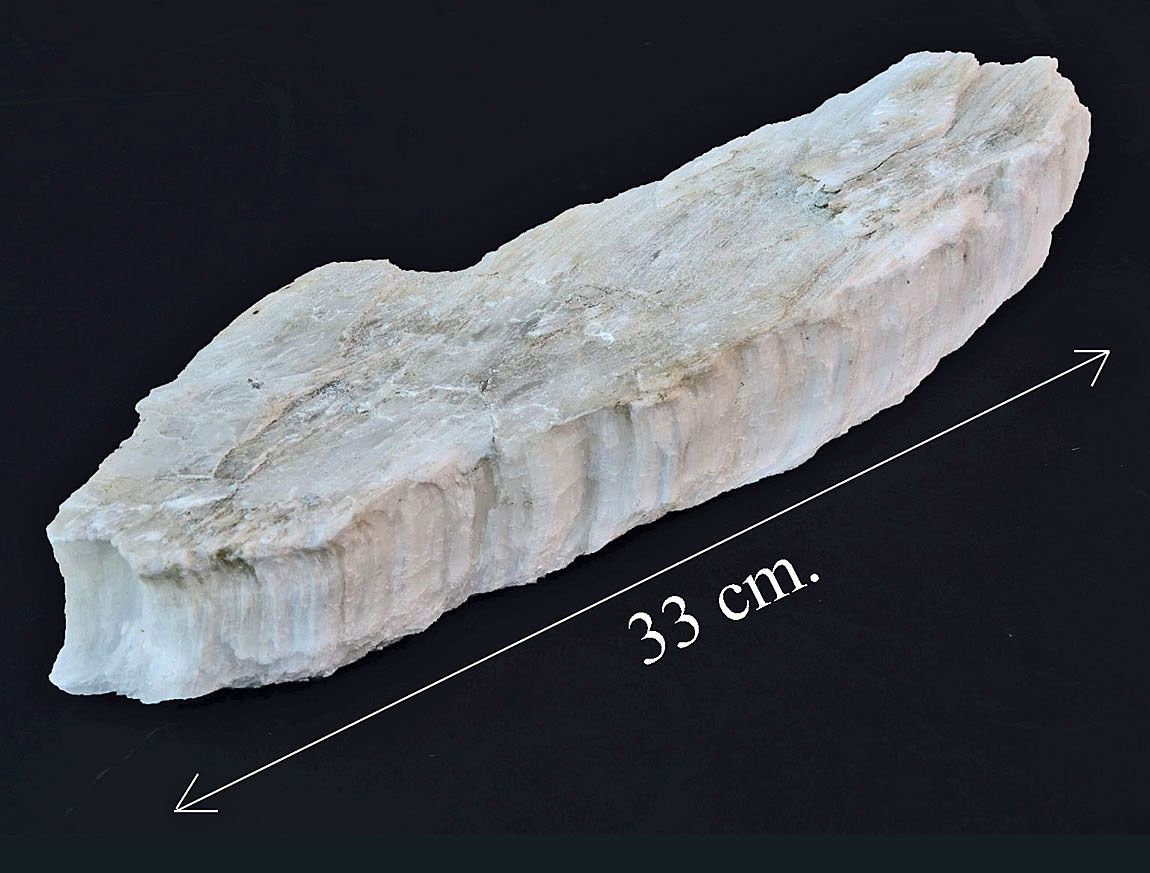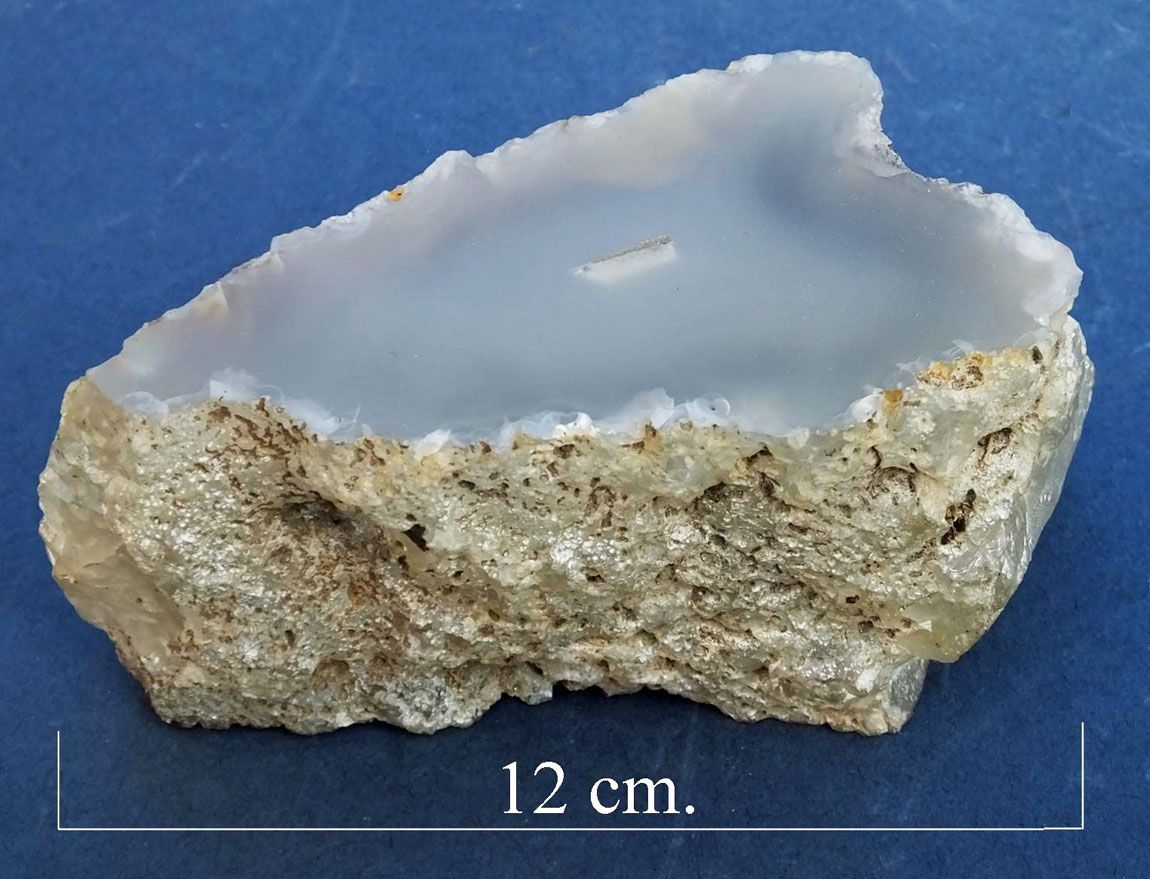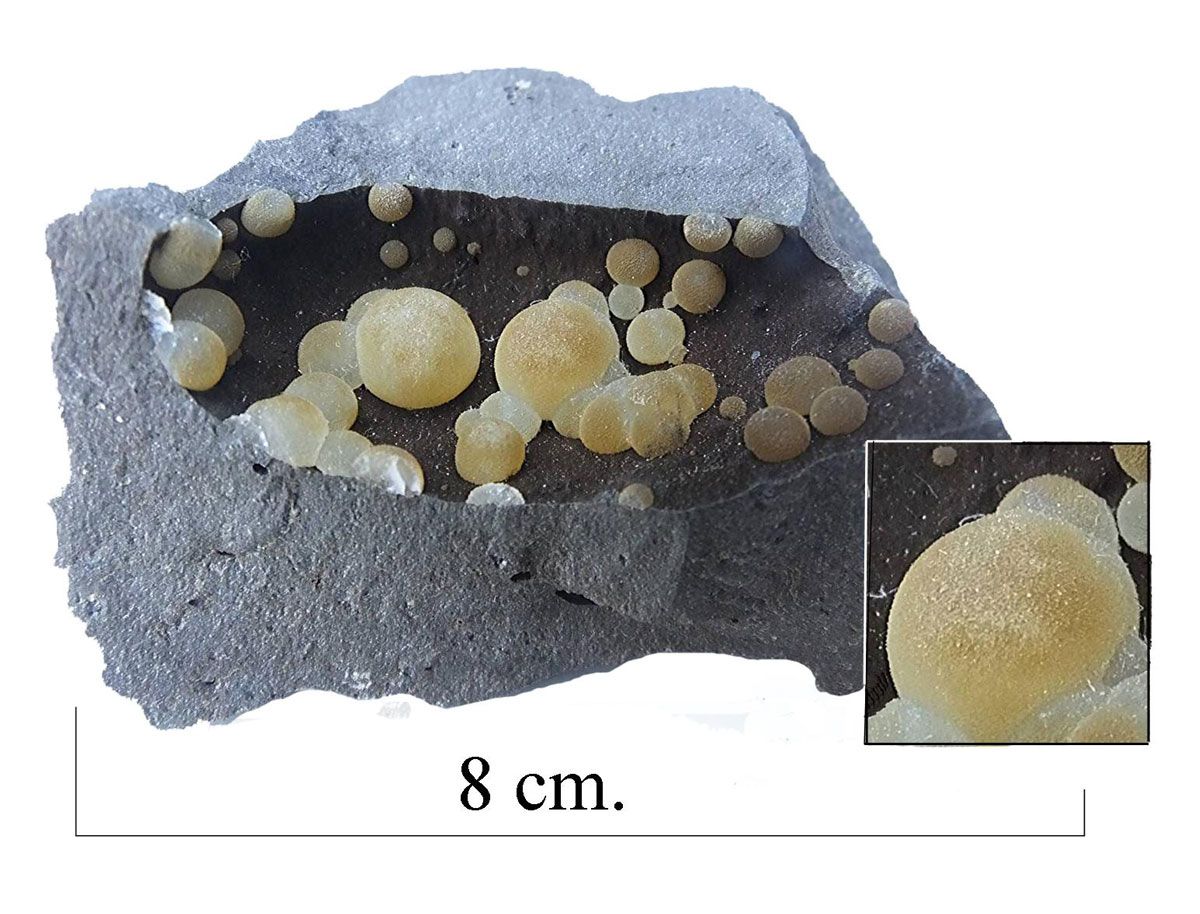
Tourmaline, schorl var.
Tourmaline is a crystalline boron silicate mineral, Na(Li,Al,Mg,Mn,Fe)3Al6(BO3)3 Si6O18(OH)4 This black variety is the most common, over 90%, and is called schorl variety. The crystals are prismatic in the trigonal system, and are intermixed with feldspar. The specimen is from Minas Gerais, Brazil.



